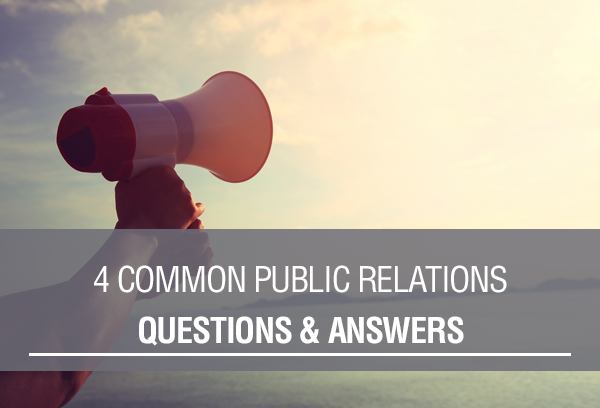 Each year, fresh produce brands ask us about the marketing practices and tools we use to be successful as an agency, and in 2015, the overwhelming question we received was “what can PR really do for me?” We get it – we spent a long time studying and grappling with this marketing gray area in 2015. As we embark on our journey into 2016, we’ve learned a great deal about the PR discipline and feel strongly that this is the area fresh produce marketing has been missing. Here are the most common questions we receive about PR in the fresh produce industry, and how we see PR working hand-in-hand with your marketing to provide stellar brand awareness.
Each year, fresh produce brands ask us about the marketing practices and tools we use to be successful as an agency, and in 2015, the overwhelming question we received was “what can PR really do for me?” We get it – we spent a long time studying and grappling with this marketing gray area in 2015. As we embark on our journey into 2016, we’ve learned a great deal about the PR discipline and feel strongly that this is the area fresh produce marketing has been missing. Here are the most common questions we receive about PR in the fresh produce industry, and how we see PR working hand-in-hand with your marketing to provide stellar brand awareness.
What is PR? Ask 10 people what their idea of public relations is, and you’ll probably get 10 very different answers. We describe PR for the fresh produce industry as this: forming relationships with key media influencers to increase awareness about the industry and drive content that supports the need for increased demand of fresh fruits and vegetables.
Why do we need PR? While the definition of PR is fairly simple, it’s also very broad. The execution of talented PR teams rely on this understanding – storytelling has to be dynamic, inspiring, and constant. Our role in PR is to tell compelling stories, which goes far beyond addressing new product launches and recalls. We describe this common thinking as the “PR heaven and hell concept.” Most marketers in fresh produce focus on PR during the happiest times (heaven) – new products, promotions, etc. – or in a crisis (hell) – recalls, social media backlash, lawsuits etc. What we don’t consider is that this only attributes 5-10% of total PR needs and opportunities. The vast majority of a company’s PR efforts should be telling stories about the farmers, any philanthropic outreach by the brand, ways that the brand helps its consumers through content, produce in food service, food trends and why we’re a key player, and so much more. These are the stories that the media is craving, and it’s time for the fresh produce industry to tell them!
Does PR drive Marketing, or does Marketing drive PR? A long-debated question, we believe that both drive one another in specific situations. PR often identifies stories and content that will be relevant for long-lead pitching (4-6 months out), and is then able to drive marketing efforts to support through promotional elements, social media sharing, email marketing, and more. Marketing drives PR strategy when there are set promotions and content for the year that PR is able to support through media awareness, influencer partnerships and pushing information out to the masses.
How can we effectively measure PR? This is a question we’ve been trying to answer for decades. Unlike marketing, public relations does not offer as much direct data to show how a media placement impacted website visits or sales. PR has had to rely on impressions (potential views on a piece of content) as its driving measurement tool since its inception. The good news is that this is changing. Database measurement software like HubSpot allows for PR teams to clearly identify sources from online influencers to the website, which allows for a more in-depth reporting system to prove the value of PR over time. For example, we’re able to see if a story that ran in HuffPost in December of 2014 is still impacting website visits in January of 2016. This helps us to prove the power of PR as an awareness tool that continues to work over months and even years.
If I could give one piece of advice for anyone who is unsure about how PR adds value to their brand’s marketing efforts it would be this: we know that the top driver of brand purchases is referral from a friend/trusted source, and each brand’s number primary goal is to drive awareness about their products in order to increase sales. So, why aren’t we investing more in the marketing tool that does exactly that?












